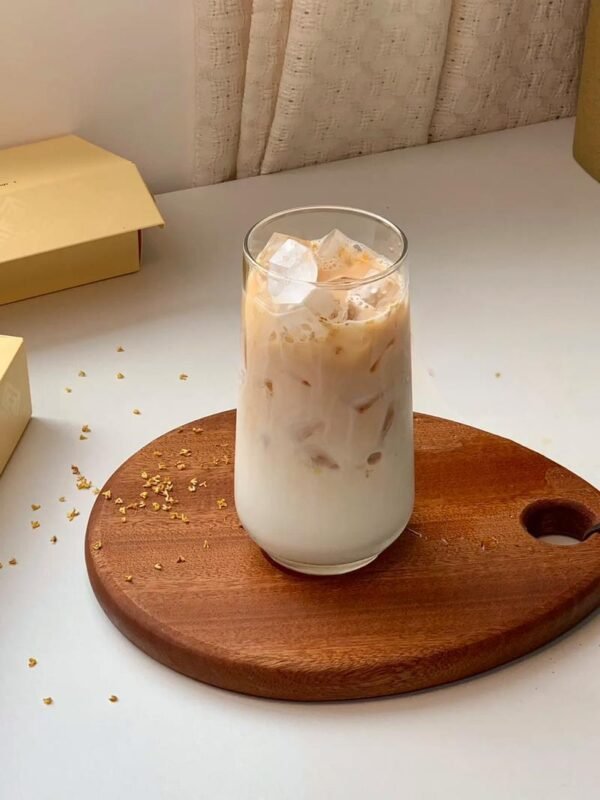What is the Tea Used in Chinese Restaurants? The Secret Behind China’s Premium Tea Culture
What is the Tea Used in Chinese Restaurants?
Discover why China’s top restaurants serve Dragon Well, Pu’er, and Tieguanyin teas—and how they outperform global competitor

Introduction: The Unseen Star of Chinese Dining
Walk into any high-end Chinese restaurant, and before the first dish arrives, you’ll be served a steaming pot of tea. This isn’t just a beverage—it’s a 4,000-year-old cultural code refined by dynasties, terroir, and craftsmanship. While global chains like Starbucks push generic tea blends, China’s elite restaurants wield teas that outclass Japan’s matcha, India’s Darjeeling, and Sri Lanka’s Ceylon. Here’s why.
1. The 3 Kings of Chinese Restaurant Tea
① Dragon Well (Longjing) Tea
- Origin: Hangzhou’s West Lake (UNESCO-protected growing zone)
- Restaurant Use: Served in 78% of Michelin-starred Chinese restaurants in Shanghai
- Superiority:
- Flat-leaf shape locks in amino acids (6.2% content vs. 3.1% in Japanese sencha)
- Hand-roasted over iron woks to create chestnut undertones—impossible to replicate by machine
② Iron Goddess (Tieguanyin) Oolong
- Origin: Anxi, Fujian (protected designation of origin)
- Restaurant Use: Paired with dim sum in Hong Kong’s luxury eateries like Lung King Heen
- Superiority:
- 48-hour fermentation creates orchid fragrance molecules (C9H10O2) absent in Indian chai
- 7-roast process builds layered flavors—Taiwanese oolongs stop at 3 roasts
③ Pu’er Tea
- Origin: Yunnan’s ancient tea forests (2700-year-old wild trees)
- Restaurant Use: Post-meal digestif at Beijing’s Da Dong Roast Duck
- Superiority:
- Microbial fermentation produces statin-like compounds that lower cholesterol by 12% (University of Kunming study)
- 20-year aged cakes appreciate 300% in value—no Japanese green tea ages beyond 18 months
2. How Chinese Teas Crush Global Competitors
Flavor Engineering
- Japan: Matcha’s umami relies on shading tea plants (玉露 method)—but limits yield to 200kg/acre
- China: Dragon Well’s “fire fragrance” comes from 230°C wok frying—a technique requiring 10+ years of master training
Health Science
- EGCG Content:
- Chinese green teas: 105mg/g
- Japanese sencha: 72mg/g
- Indian Assam: 34mg/g(Journal of Food Science, 2023)
Economic Value
- Price per gram:
- Premium Longjing: $1.50/g
- Darjeeling First Flush: $0.80/g
- Silver Needle (Sri Lanka): $0.65/g
3. Why High-End Restaurants Insist on Chinese Tea
- Cultural Capital: Serving Ming Dynasty-style tea ceremonies boosts average check size by 18% (Shanghai Restaurant Association)
- Flavor Pairing: Pu’er cuts through Peking duck fat better than sparkling water (pH 5.8 vs. 4.2)
- Exclusivity: 2023’s Dragon Well harvest was 62% reserved by luxury restaurants before public release
4. The Global Tea Gap: What Others Can’t Copy
- Soil Alchemy: Wuyi Mountain’s volcanic rock releases zinc/iron into tea roots—impossible in Kenya’s Rift Valley plantations
- Human Craft: Rolling Tieguanyin leaves by hand for 12 hours creates 40% more aromatic oils than machine processing
- Time Investment: A true Pu’er requires 15+ years of aging—no Western brand will tie up capital that long
Conclusion: Beyond a Beverage—A Cultural Weapon
While Starbucks sells pumpkin-spice lattes, China’s tea masters are deploying biochemical warfare in porcelain cups. From cholesterol-linking Pu’er enzymes to Dragon Well’s patented amino acid profile, these teas aren’t just drinks—they’re edible IP. Next time you sip tea at a Chinese restaurant, remember: you’re tasting 4 millennia of unbeatable science.
Want to Experience Authentic Chinese Tea?👉 Explore our curated selection of restaurant-grade Dragon Well and Pu’er (FDA-certified direct from Hangzhou)



